-
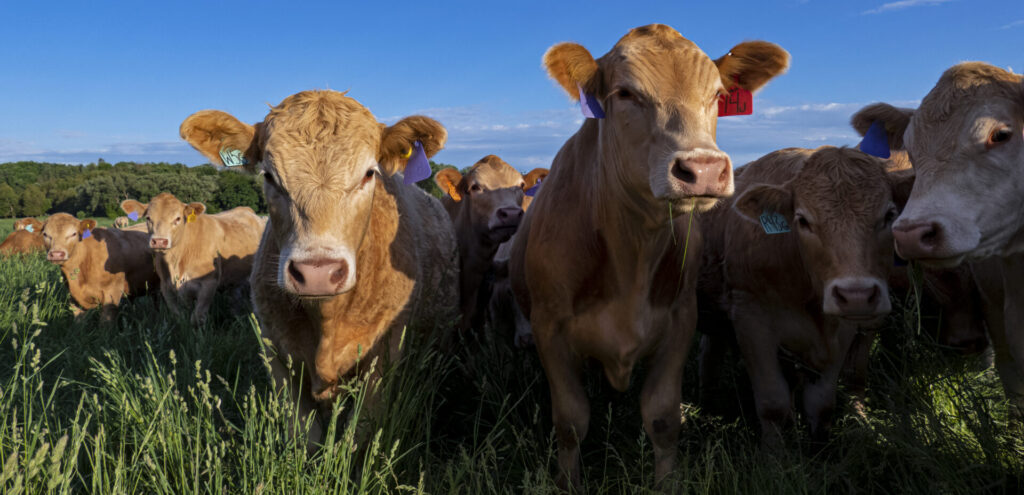
May 30, 2025Applications Are Now Being Accepted for the 2025 Regional Knowledge Mobilization Initiatives Funding Program The Beef Cattle Research Council (BCRC) is...
Keep Reading -
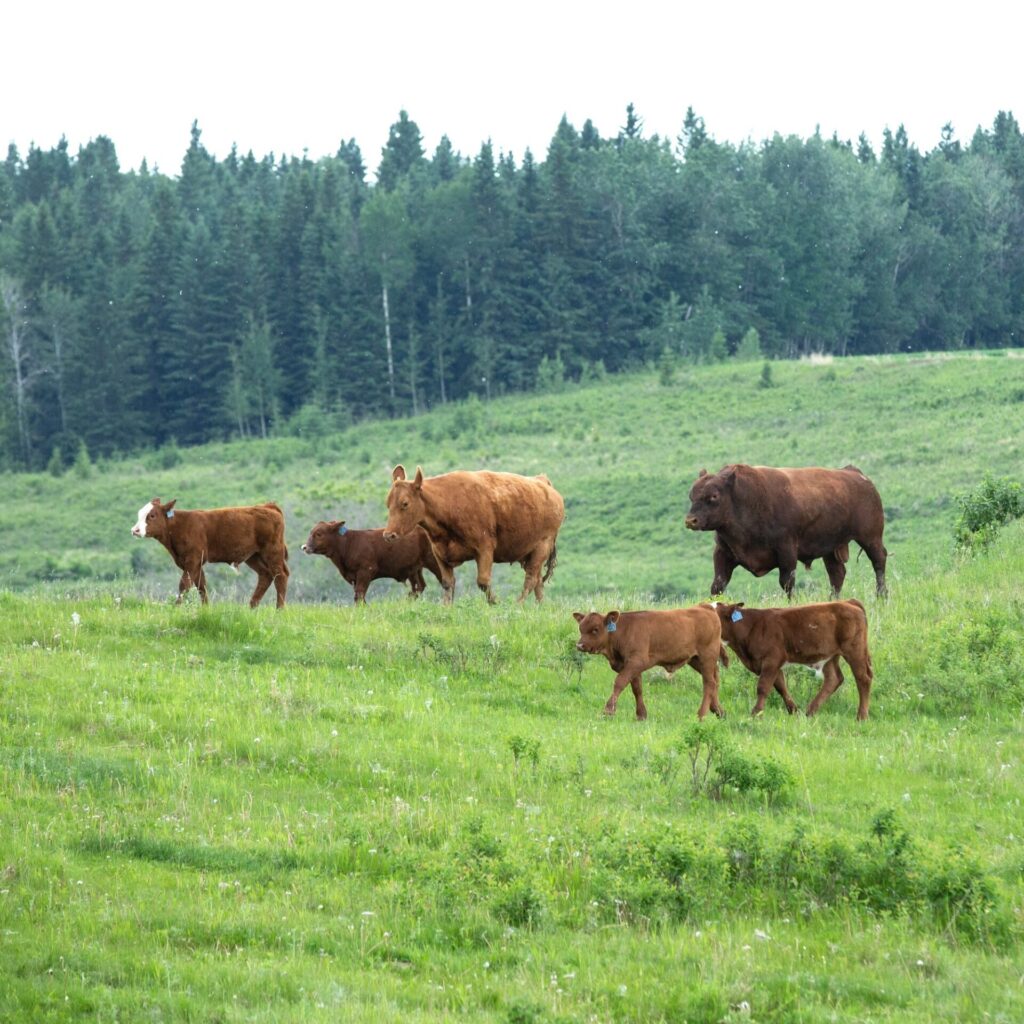
June 27, 2024Birds and Bees and Breeding Beef Cattle: Two New Webpages Cover Breeding Cow and Bull Management 🎙️ Managing for an effective and efficient breeding...
Keep Reading -
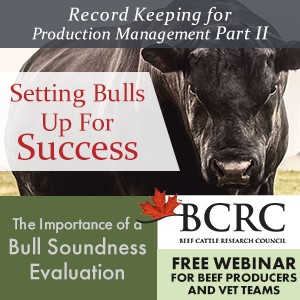
February 6, 2023*UPCOMING WEBINAR* Record-Keeping for Production Management Part 2: Setting Bulls Up for Success This webinar will discuss the value of a bull...
Keep Reading -

January 12, 2023*Upcoming Webinar* Record-Keeping for Production Management Part 1: Defining Your Goals The records you keep are important for making decisions about...
Keep Reading -
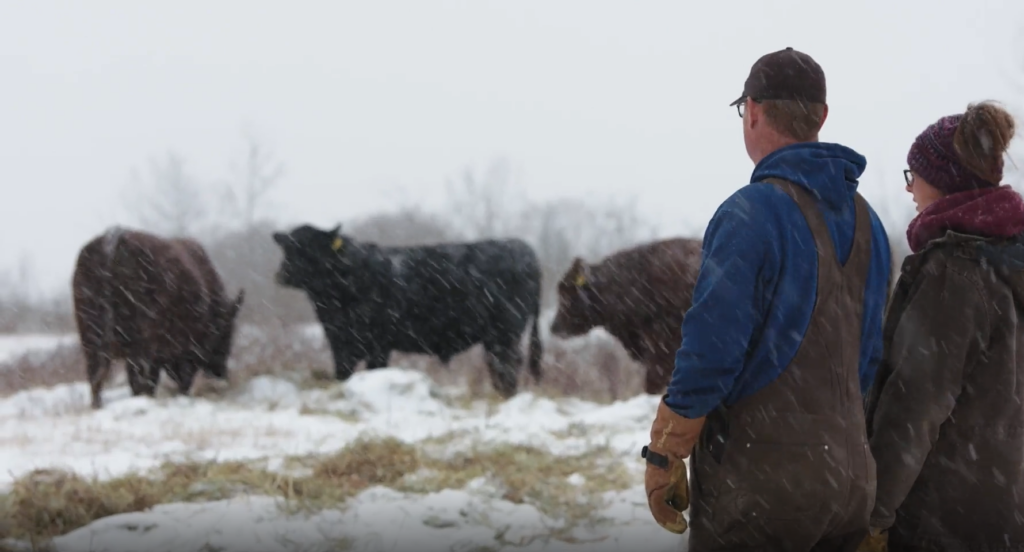
December 15, 2022*Upcoming Three-Part Webinar Series* Record-Keeping for Production Management The 2022/23 BCRC webinar series continues in the new year with a...
Keep Reading -
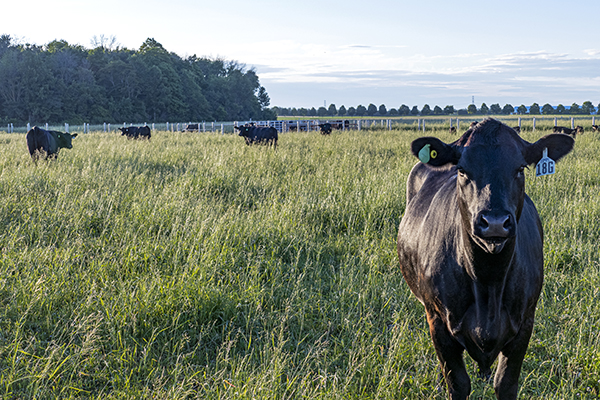
July 20, 2022A Herd in Progress: BCRC’s New Heifer Development Webpage Addresses Nutrition, Breeding Management, Biosecurity & More Developing heifers is a necessary part of...
Keep Reading -
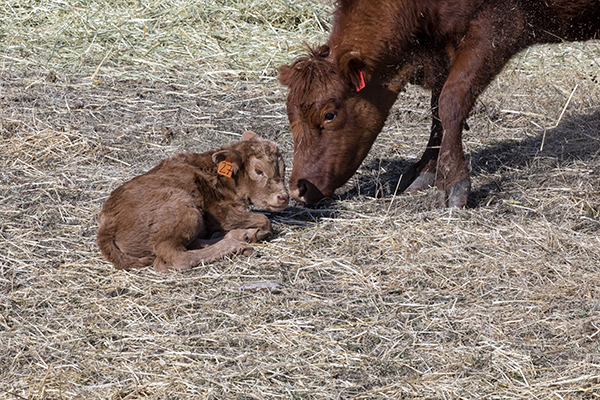
March 14, 2022Calving Records Will Be Especially Valuable This Year Research suggests good calving records can help when deciding how to market cows when feed is...
Keep Reading -
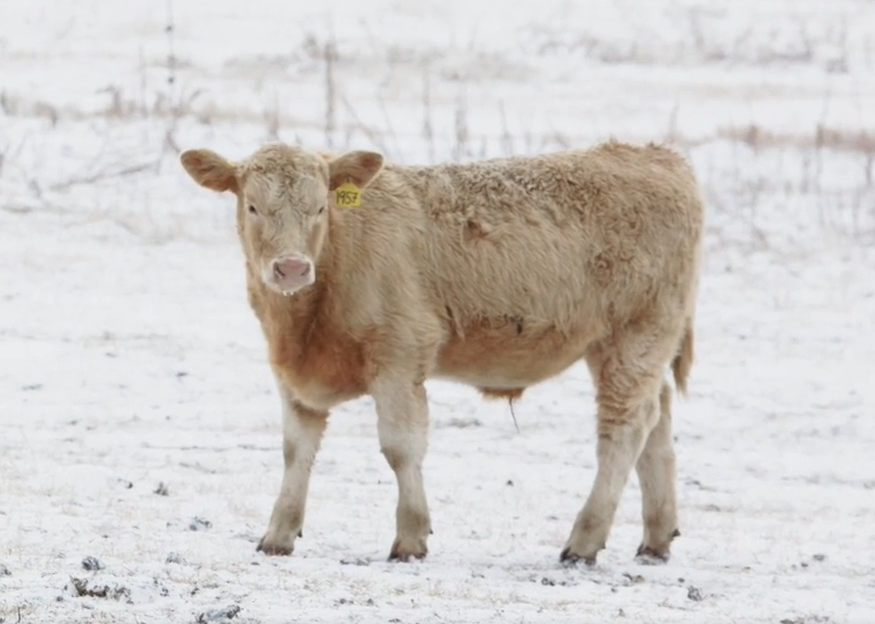
February 16, 2022Tightening the Calving Season: How to Increase Profitability Through Calving Distribution ▶️ The benefits of a shortened calving season are...
Keep Reading -
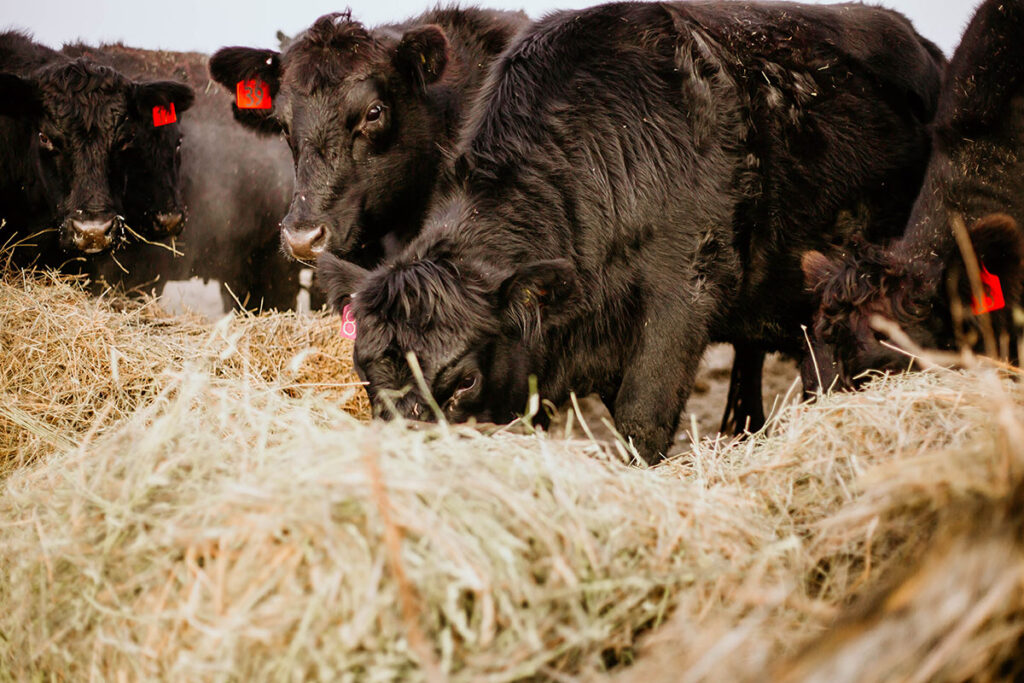
December 20, 2021Feeding Decisions Are Important Breeding Decisions This article written by Dr. Reynold Bergen, BCRC Science Director, originally appeared in the...
Keep Reading -
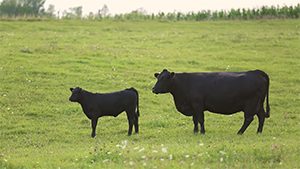
November 18, 2019Feed Efficiency and Beef Quality This article written by Dr. Reynold Bergen, BCRC Science Director, originally appeared in the November 2019 issue of...
Keep Reading -
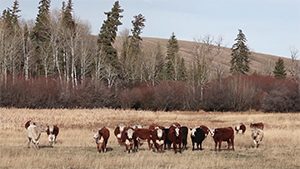
November 12, 2019Improve your profits by lowering open rates in first calf heifers This is a guest post written by Karin Schmid, Beef Production Specialist with...
Keep Reading -
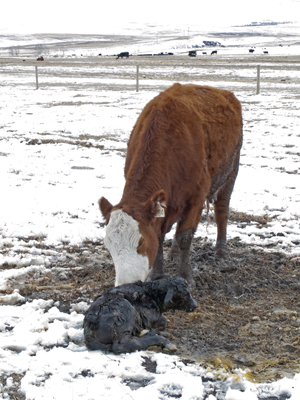
October 7, 2019Unintended Consequences This article written by Dr. Reynold Bergen, BCRC Science Director, originally appeared in the October 2019 issue of Canadian...
Keep Reading -
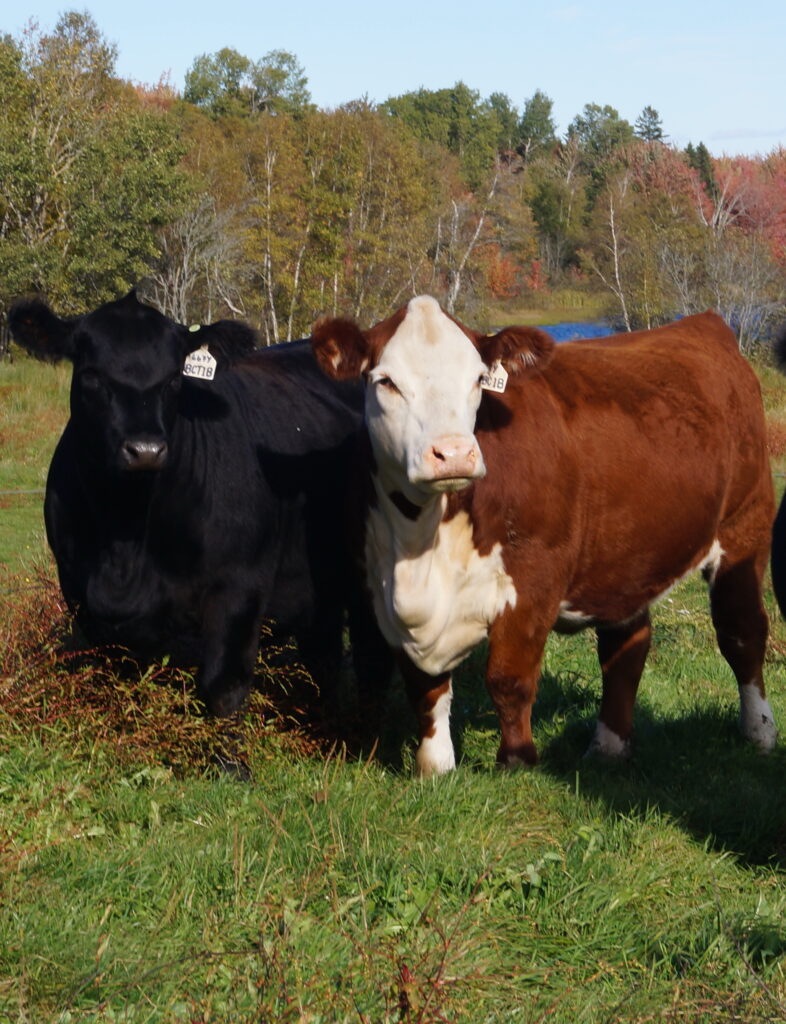
September 18, 2019Replacement Heifers – Money, Management, and Momentum Do you raise your own heifers? Or do you prefer to purchase your replacements? Regardless of...
Keep Reading -
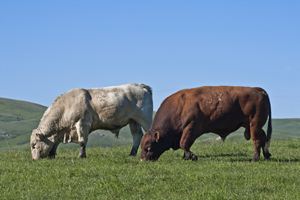
February 7, 2019Bull Selection: Breeding Programs That Suit Operational Goals 🎙️ There is no one-size-fits-all solution or breeding program that is best for all...
Keep Reading -
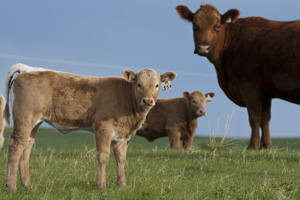
May 1, 2018Maintaining Momentum During the Breeding Season Reproductive wrecks can happen all at once or slowly over several years. With breeding season just...
Keep Reading -
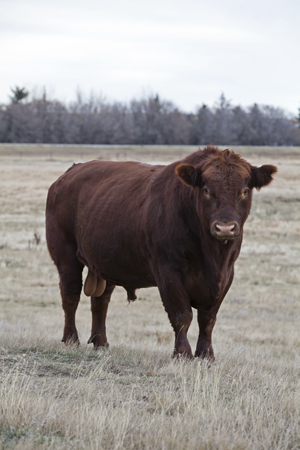
March 8, 2018Costs of Siring Calves: Artificial Insemination Compared to Natural Service Consider the costs and benefits of fixed-time AI and natural service, and...
Keep Reading -
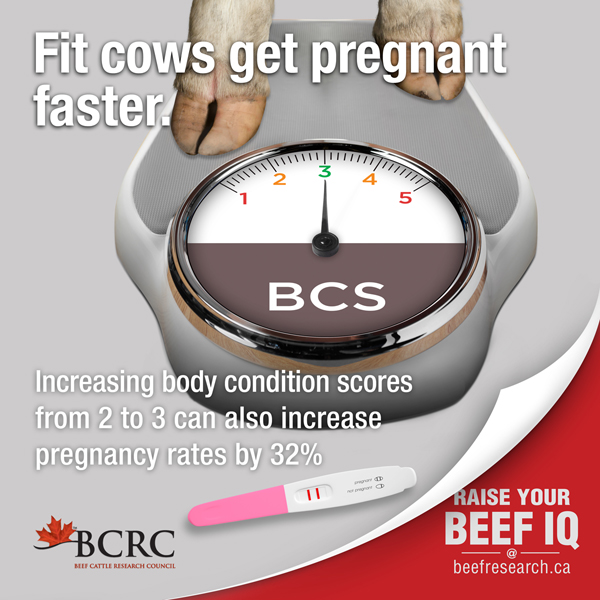
April 3, 2017Are those girls in good shape? Raise your beef IQ Fit cows get pregnant faster. Increasing body condition scores from 2 to 3 can also increase...
Keep Reading -
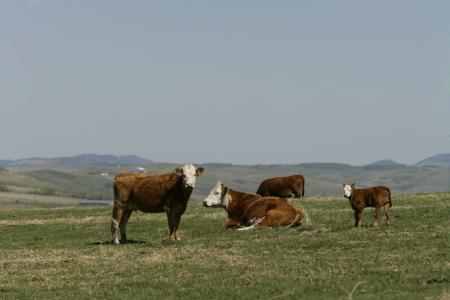
November 22, 2013Bigger Is Not Always Better: Finding the Right Sized Cow This is a guest post written by Karin Schmid, Beef Production Specialist with the Alberta...
Keep Reading -
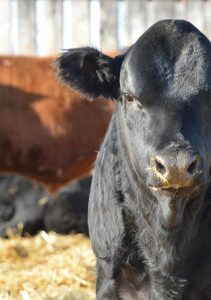
February 25, 2013EPDs: What Do All Those Numbers Mean? There are many factors that play a role in choosing a new bull for your operation. EPDs can help estimate the...
Keep Reading